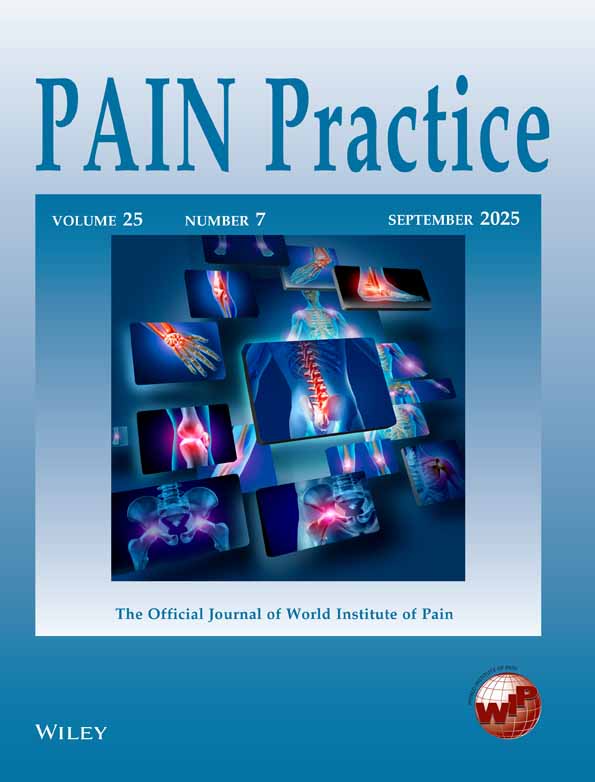Efficacy and Safety of Once-Daily Prolonged-Release Pregabalin for the Treatment of Patients With Diabetic Peripheral Neuropathy: A Randomized, Double-Blind, Active, and Placebo-Controlled Trial
Funding: This study was funded by Adalvo Limited.
ABSTRACT
Purpose
To compare the efficacy and safety of a once-daily prolonged release (PR) pregabalin formulation to pregabalin immediate release (IR) in patients with diabetic peripheral neuropathy (DPN).
Patients and Methods
This was a non-inferiority, randomized, double-blind, double-dummy, multiple-dose, multicenter, active and placebo controlled, three-arm, parallel study. Patients were randomly assigned in a 1:1:1 ratio to receive pregabalin PR tablet, pregabalin IR hard capsule (Lyrica) or placebo at an optimized dose based on individual subject's response and tolerability for 13 weeks. The primary efficacy outcome was the change in the mean weekly pain score from baseline to end of treatment.
Results
Overall, 453 patients were randomized. In the per protocol (PP) analysis set, the least square mean (LSM) difference between test and reference treatment for the change in weekly pain score from baseline to end of treatment was 0.06 (95% CI: −0.28, 0.41, p = 0.7121), indicating that pregabalin PR was non-inferior to pregabalin IR. In the Full Analysis Set (FAS), the LSM of change in mean weekly pain score from baseline to end of treatment for test, reference, and placebo groups were −3.43, −3.49, and −3.04, respectively. Test and reference products were superior to placebo (p = 0.0158 and 0.0047, respectively).
Conclusion
The efficacy and safety of pregabalin PR was comparable to pregabalin IR for the treatment of pain in patients with DPN.
Conflicts of Interest
Shilpi Dhawan and Amol Bongirwar are employees of Adalvo Limited. Marta Muñoz-Tudurí is an employee of Laboratorios Gebro Pharma, S.A. (Spain).
Open Research
Data Availability Statement
The data that support the findings of this study are available on request from the corresponding author. The data are not publicly available due to privacy or ethical restrictions.




